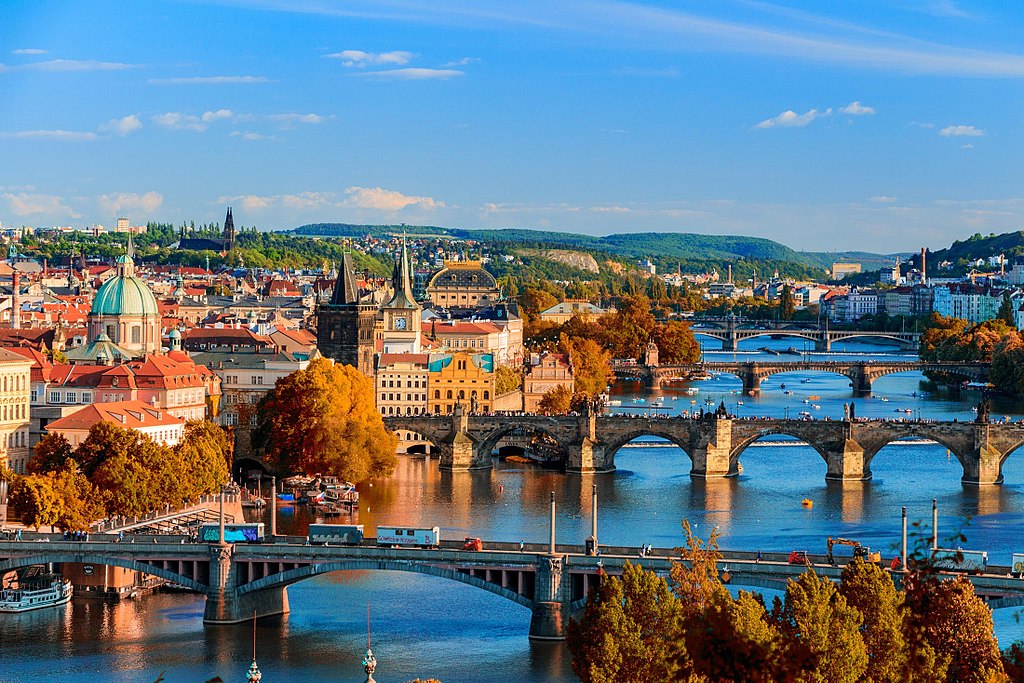When film director Miloš Forman was shooting his Best Picture Academy Award-winning film Amadeus about the great Viennese composer Wolfgang Amadeus Mozart, he wanted to create a set as faithful to 18th century Vienna as he possibly could. So he filmed in Prague. This Central European city, now a popular destination for tourists from all around the world, is a rarity in its vicinity, as its vast wealth in historical treasures remained as good as untouched throughout the Second World War. Nearly 13 years to the day I first arrived in Prague, a city I called home for four formative years of my life, I cannot forget feeling like I was walking straight into a postcard upon entering the town’s center. Every way I turned my head, my eyes fell upon a structure that told stories of the city’s rich history. Although I had four long years to discover all the beautiful nooks and crannies of the picturesque capital of the Czech Republic, I’m happy to report to the tight-scheduled Euro-tripper that Prague’s most important historical sights can all be seen in no more than two days. Like many great…



